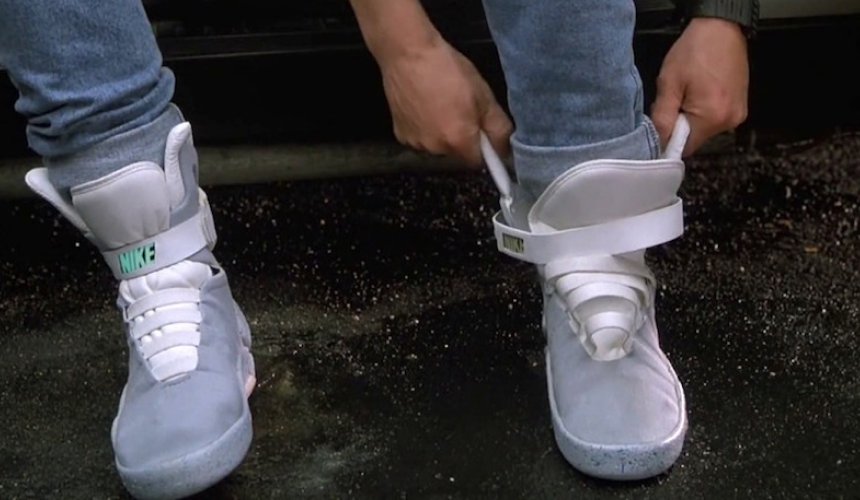Deconstructing fiction
The pattern of predictions
In the dystopian movie Metropolis there is a scene where the main character Joh Frederson communicates with a character named Grot through a future device. The movie came out in 1927 at a time when the world made it’s transition into the electric age. Buttons and knobs were the new hot thing. Joh is using what seems to be ordinary clock dials to tune in the right frequency to get a direct link to the lower city. When people saw this in the cinemas back then they were blown away by the fact that Joh used clock dials to communicate. The director Fritz Lang had a stroke of genious to come up with that. Watching this a century later it all seems very weird. Why the #&#%! would we use clock dials to communicate in the future?

Prediction distracted by technology.
We back up a to 1902 and the movie A trip to the moon. After a very successful take of being shot out from a giant cannon, the bullet-like rocket lands on the moon. When the astronaut/wizard opens the door, he uses the most natural interaction to do so. A simple push. No levers, handles or buttons needed. The technological complexity of that to work in a real rocket design is not known to those writing this scene at the last turn of the century. They knew little about push buttons and wiring diagram. And yet, we are not far off today before we can accomplish this level of engineering and smart behaviour.

Prediction focused on user needs.
In the search of the next intuitive experience, these comparisons of fiction predictions and solutions are insightful. The goal in interaction design is not to introduce new, unfamiliar behaviours, but rather to use new technologies in a way that feels natural to users.
So what happens when we fail to create natural interactions? In the episode The Gamesters of Triskelion of the Star Trek series, the crew of the Starship Enterprise is forced to participate in gladiatorial games on an alien planet. The games require them to learn new rules and behaviors, but they eventually find a way to use their existing skills and knowledge to win the games and escape.
if we provide an unnatural design solution, the user will find a way around it. Or they will die on an alien planet.

Alien interaction.
So how can these predictions in fiction be useful? There is another example where fiction meets reality. In the movie Back to the Future Part II from 1989, the main character Marty McFly gets his hands on a pair of the latest hottest Nike sneakers. The self-lacing technology presented is another case of mind blown by the audience. The shoes were an actual Nike Inc. design by designer Tinker Hatfield. He was asked to design the sneakers of the future for the movie. Even though they are extremely cool, time would tell they are not the future of shoes. Imagine forgetting to charge them when you are in a hurry in the morning. Once again the prediction focused on current technology fails. Why did we invent shoelaces to begin with? Could there not be a better way to tighten the shoe to the foot?

Solution distracted by technology.
In 2020 Nike introduced FlyEase. The first handsfree sneakers design by Tinker Hatfields brother - Tobie Hatfield. An innovative bi-stable design allows you to easily slip them on in the open state and lock it in a closed state. The research and engineering behind the design was extensive, but the experience of it is as natural as it can get. Tobie found the answer by focusing on natural movement and behaviour.

Solution focused on user needs.
If we zoom out and look at the pattern of our predictions, there is a clear tendency to be distracted by the current state of technology. And when we disregard the limitations we tend to get it quite right. There are allways technical considerations, but in the process of finding the truly intuitive experience they are not that relevant. The key to finding new solutions is to define the right questions.
By looking back to the past and into the future we can get a quite clear view of what is in between - the now. So what are the clock dials of 2024?
Design for trust︎